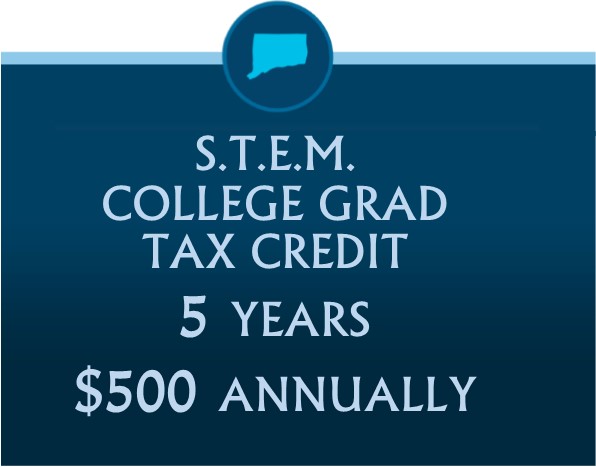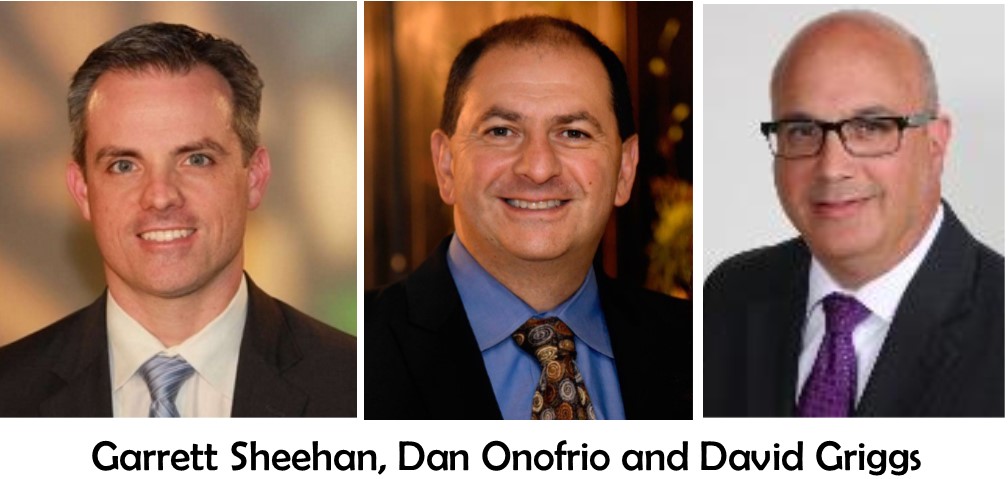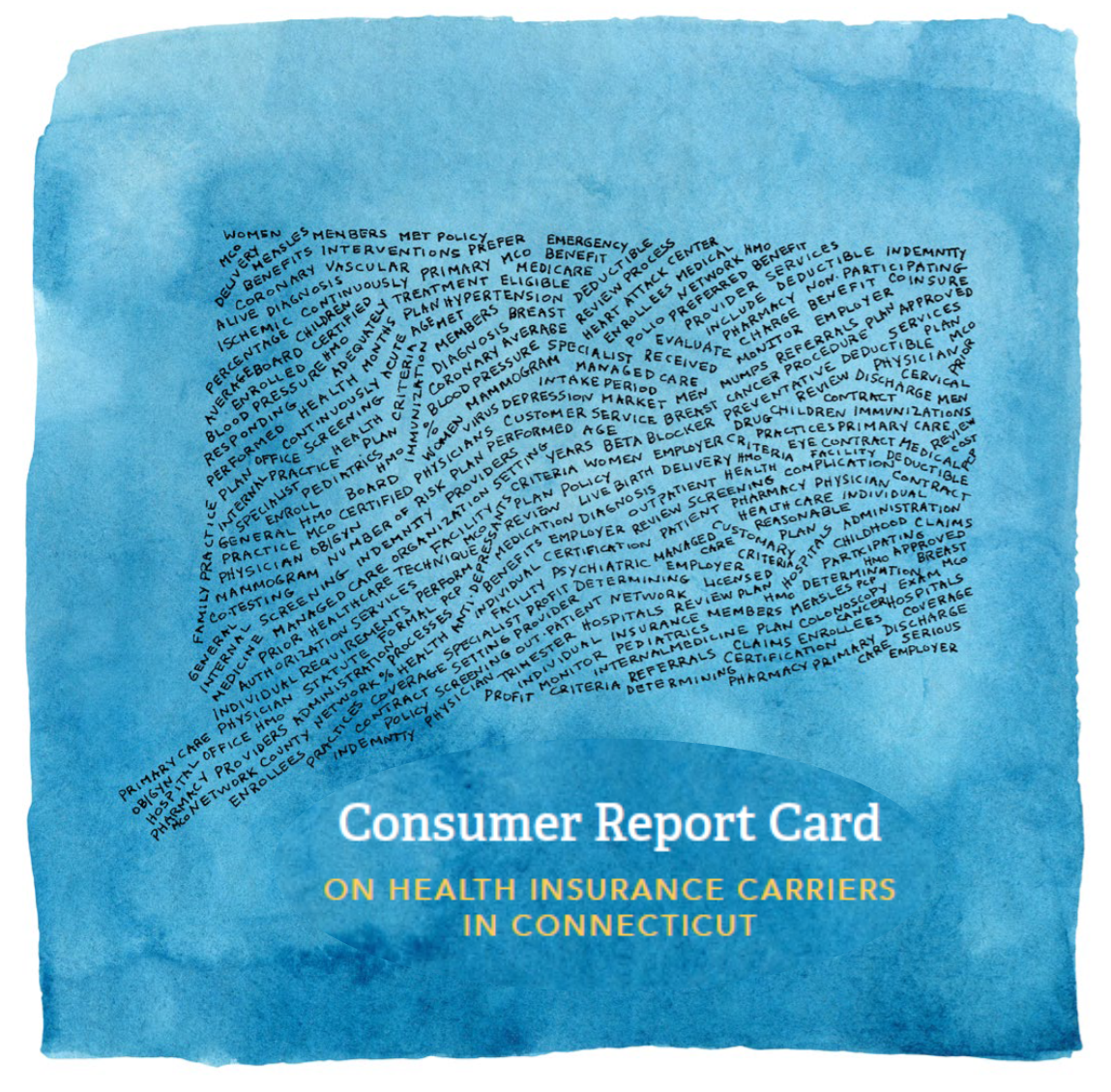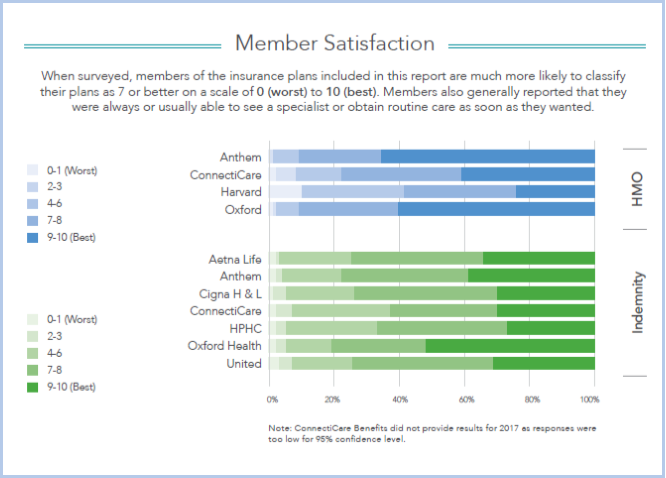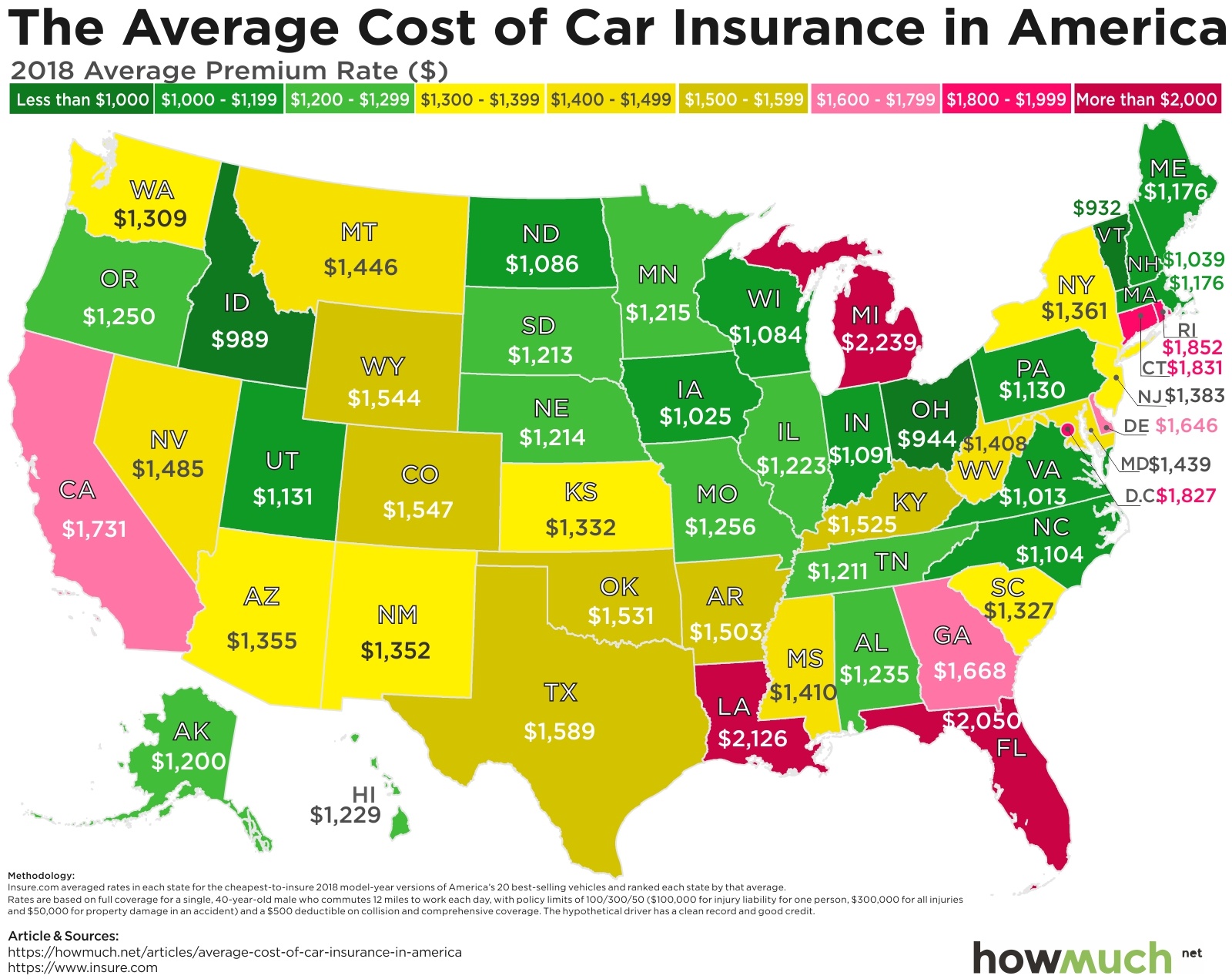Frontier Airlines Growth Continues with Return to Hartford and Boston in 2019
/In the spring of 2012, Frontier Airlines discontinued service to Boston’s Logan International Airport, which consisted of a daily flight to Kansas City. Frontier has flown out of Bradley International Airport in Windsor Locks in the past decade as well, with a Milwaukee flight that was discontinued in 2011 and service to Denver that ended in 2008. Now, they’re coming back to both New England airports, but they’re not headed to Milwaukee or Kansas City. In a series of announcements in recent weeks, Frontier unveiled an expansion including eight-routes from North Carolina’s Raleigh/Durham airport.
Boston will become the 106th city on its route map with the addition. The other seven routes Frontier is launching from Raleigh/Durham include Albany, New York; Columbus, Ohio; Hartford (BDL); Jacksonville; Long Island/Islip, New York; and Philadelphia.
The added service continues a rapid ramp-up by Frontier in Raleigh/Durham (RDU). Once the new services begin, Frontier says it will offer either year-round or nonstop flights to 32 different cities from RDU. Boston will have four weekly flights beginning May 1. Bradley International will see three weekly flights beginning April 30. Delta is a competitor in both markets.
[Why all the increased air traffic to North Carolina? Must be burgeoning interest in the Carolina Hurricanes since they put those Whalers jerseys back on the ice!]
Frontier also plans to launch service to Orlando from both Boston’s Logan Airport and Bradley International, and service to Denver from Bradley. In making the announcement, Frontier pointed out that it “flies one of the youngest fleets in the industry, the Airbus A320 Family of more than 80 jet aircraft. With nearly 200 new planes on order, Frontier will continue to grow to deliver on the mission of providing affordable travel across America.”
In December, Frontier announced it was returning to Bradley with flights to Denver starting March 28, operating on Tuesdays, Thursdays and Sundays. Southwest and United also fly from Bradley to Denver.
The Raleigh-Durham flights will operate on the same days of the week; the Orlando service will run on Wednesdays and Saturdays from Bradley.
Frontier’s service from Bradley to Raleigh-Durham, Denver and Orlando is described as seasonal. The services start this spring; the end dates for 2019 have not been announced.
 Current pricing for roundtrip flights in May: from $78 to Raleigh/Durham and Orlando, from $118 to Denver, depending upon length of stay and day of the week of selected flights.
Current pricing for roundtrip flights in May: from $78 to Raleigh/Durham and Orlando, from $118 to Denver, depending upon length of stay and day of the week of selected flights.
Frontier will be Bradley’s ninth passenger airline. Other carriers are Aer Lingus, Air Canada, American Airlines, Delta Air Lines, JetBlue, Southwest, Spirit and United. Some of those airlines’ flights from BDL are operated by regional affiliates flying under brands like American Eagle, Delta Connection and United Express.
The tenth carrier at BDL will be Via Airlines, which will operate flights to Pittsburgh four times a week, year-round, on Mondays, Tuesdays, Wednesdays, and Fridays beginning in July. That announcement also came earlier this month.
Frontier announced last week that the airline and its pilots, represented by the Air Line Pilots Association, Int’l (ALPA), ratified a new five-year working agreement. Of the 99 percent of pilots who voted, 77 percent cast ballots in favor of the agreement, the company said.


 DEI is a national, transparent, annual benchmarking tool that offers businesses an opportunity to receive an objective score, on a scale of zero (0) to 100, on their disability inclusion policies and practices. The
DEI is a national, transparent, annual benchmarking tool that offers businesses an opportunity to receive an objective score, on a scale of zero (0) to 100, on their disability inclusion policies and practices. The 

 In addition, “the unemployment rate in [metro] Hartford for adults with at least a bachelor's degree is the lowest in all the metropolitan areas analyzed, whereas last year, it was in the middle of the pack.”
In addition, “the unemployment rate in [metro] Hartford for adults with at least a bachelor's degree is the lowest in all the metropolitan areas analyzed, whereas last year, it was in the middle of the pack.”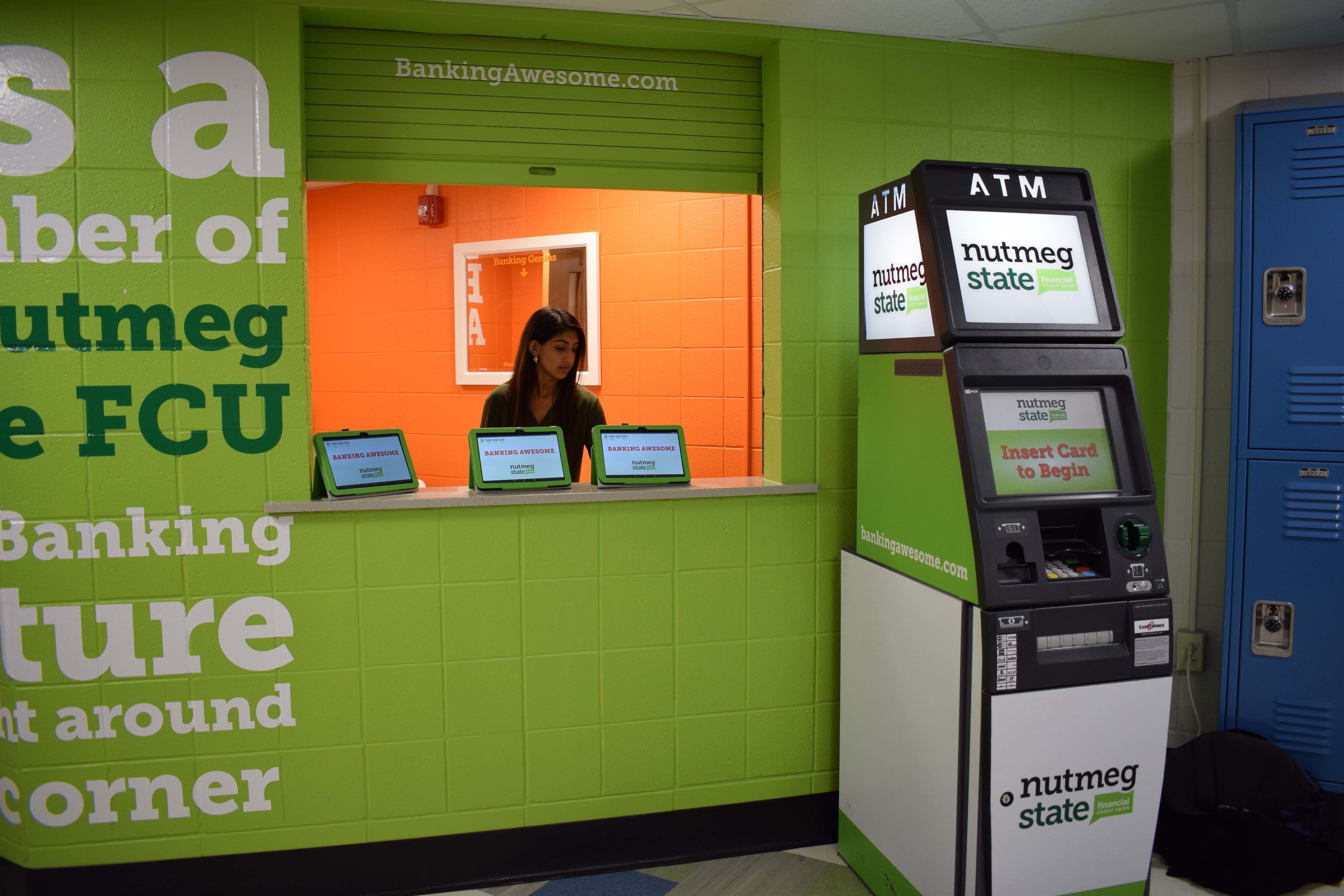
 Because the technology is intuitive for most students, their transaction time can be used to talk about subjects they may be less familiar with – such as balancing a checkbook, how debit cards and account balances relate to each other, loans and interest rates, and what a credit score is all about. Not the typical teen conversation, but Holt indicates that students have been quite interested in learning more.
Because the technology is intuitive for most students, their transaction time can be used to talk about subjects they may be less familiar with – such as balancing a checkbook, how debit cards and account balances relate to each other, loans and interest rates, and what a credit score is all about. Not the typical teen conversation, but Holt indicates that students have been quite interested in learning more.

 The new center at Sacred Heart University will further Verizon’s commitment to cultivate strong relationships with academic institutions with emerging technology curricula, officials stressed. The coworking spaces allow Verizon to tap into local startup and innovation networks, build relationships with potential partners and open new doors for ideas and technology. With Verizon, Alley is bridging the gap between startup and corporation by helping the community workspace build next-level ecosystems for entrepreneurs. Verizon provides entrepreneurs and start-up companies working on new products with the technology and services they need for growth.
The new center at Sacred Heart University will further Verizon’s commitment to cultivate strong relationships with academic institutions with emerging technology curricula, officials stressed. The coworking spaces allow Verizon to tap into local startup and innovation networks, build relationships with potential partners and open new doors for ideas and technology. With Verizon, Alley is bridging the gap between startup and corporation by helping the community workspace build next-level ecosystems for entrepreneurs. Verizon provides entrepreneurs and start-up companies working on new products with the technology and services they need for growth.